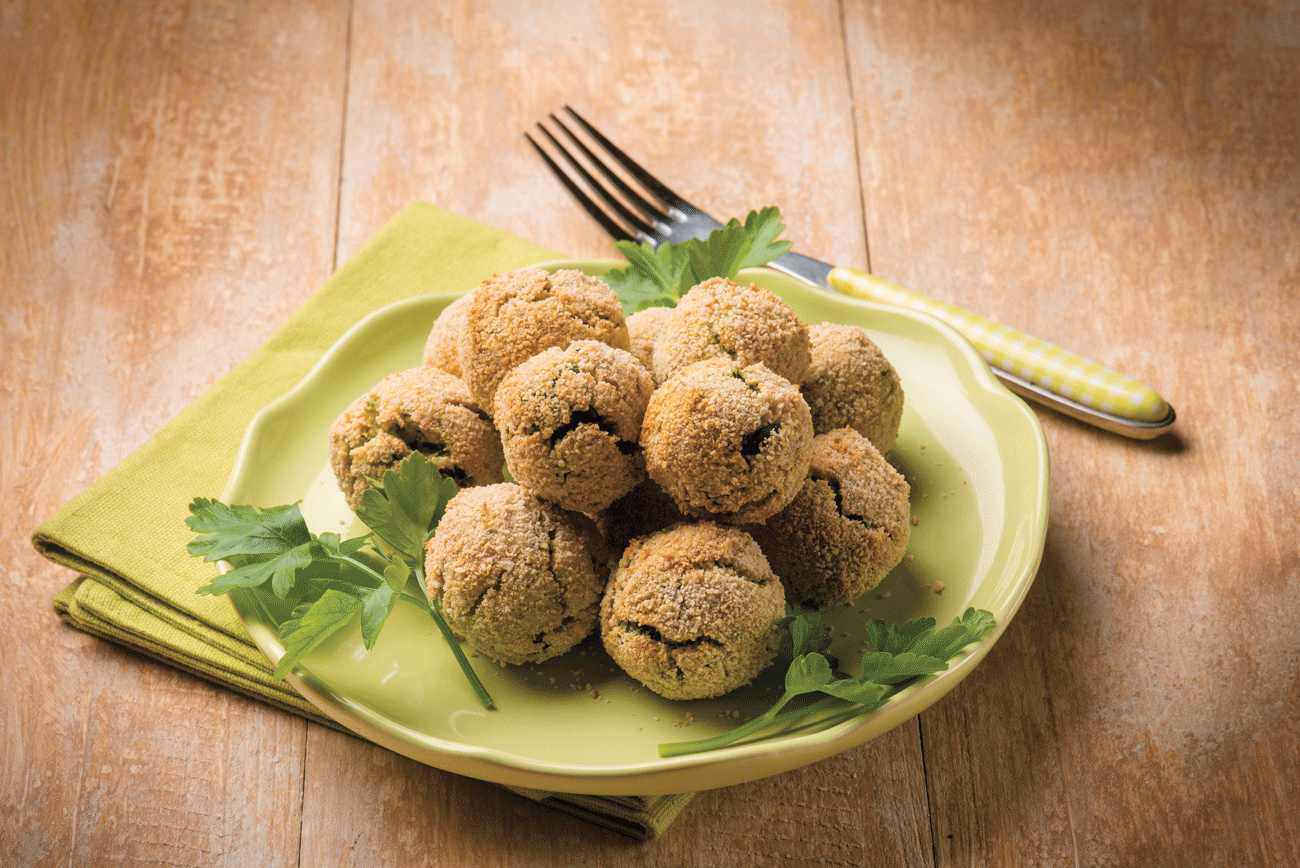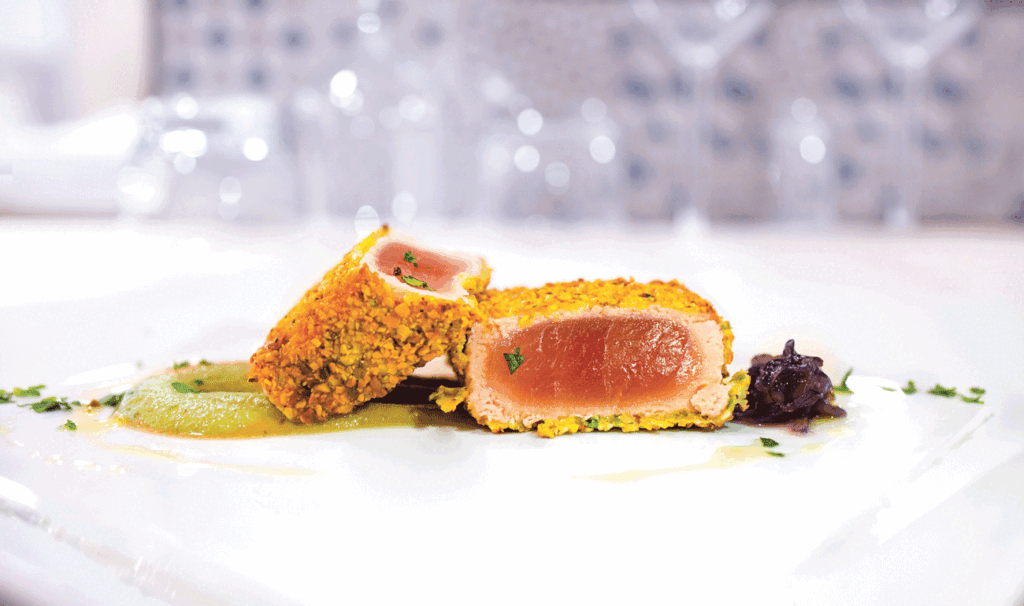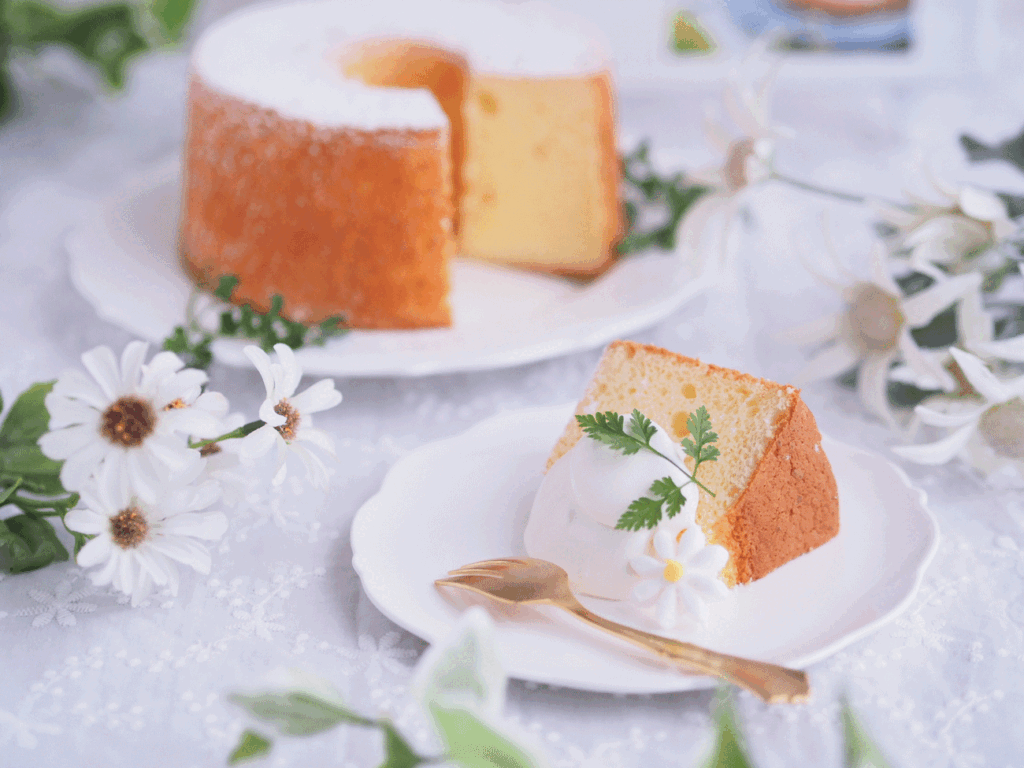
by Simone Conti
Spinach and ricotta meatballs – Serves 4
I hope you enjoyed your Easter. During the school holidays I spent a few days in Sicily, and I must say this beautiful island left me breathless. This month my recipes are inspired by Mediterranean cuisine which I hope you’ll appreciate. They come from my heart.
Ingredients: for roughly 24 meatballs
Spinach 250g
Ricotta cheese 250g
Grated Parmesan cheese 50g
Breadcrumbs 40g
Extra virgin olive oil 20g
Garlic 1 clove
Fine salt, to taste
Black pepper, to taste
For coating
1 egg
Breadcrumbs, as needed
Fine salt, to taste
Black pepper, to taste
Instructions:
1. Start by heating the oil with a whole clove of garlic. Add the previously washed spinach and let it sizzle over high heat, cooking for 5-6 minutes while stirring often until spinach wilts completely.
2. Remove the garlic, then drain the spinach in a colander, lightly pressing it with a spatula to remove excess water and allow to cool. Once cooled, chop it roughly with a knife.
3. At this point, pour the ricotta into a bowl (drain first if it’s watery) and stir with a spoon. Then add the spinach and grated cheese. Season with salt and pepper and mix well.
4. To give more consistency to the meatballs, add the breadcrumbs and continue to mix. Once the mixture is ready, start to form the meatballs. Take approximately 20g of the mixture and shape it with your hands. The mixture will make approximately 24 small meatballs.
5. Beat the egg in a bowl with salt and pepper, then gently coat each meatball with this mixture. Place breadcrumbs in a separate bowl, then coat the meatballs with breadcrumbs.
6. Continue until all the meatballs are coated and as each one is completed, place them on a baking sheet lined with parchment paper. Bake the spinach and ricotta meatballs in a preheated oven, in static mode, at 200°C, gas mark 6, for approximately 20 minutes. Serve hot.
Recommended Wine – Cote de Provence rose (France)

Tuna in Pistachio crust – Serves 4
Ingredients:
600g Tuna
50ml extra virgin olive oil
20g Breadcrumbs
50g Crushed pistachios (5)
30g Sun-dried tomatoes in oil
Fine salt, to taste
Preparation
Nice fresh tuna is essential to make Tuna in Pistachio crust. Cranleigh is blessed to have a fishmonger selling fish of high quality and freshness and their customer service is first class.
Ingredients:
1. Place tuna in the freezer for at least an hour to make it easier to cut without breaking the fibres. Remove tuna from the freezer and cut it lengthwise into slices about 2-3 cm thick. Place the tuna slices in a baking dish and drizzle with olive oil.
2. Meanwhile, dry the sun-dried tomatoes with a paper towel to remove excess oil and finely chop with a knife. Place the chopped pistachios in a bowl, add chopped tomatoes and breadcrumbs.
3. Mix the ingredients well to combine thoroughly and add salt to taste. Coat the tuna steaks in the mixture, pressing firmly on all sides. Place a couple of tablespoons of extra virgin olive oil in a non-stick skillet and heat gently until it reaches the required heat (the oil should sizzle).
4. Add coated tuna steaks to the skillet and cook for 1 minute each side, flipping only once. Do not prolong the cooking so the tuna remains pink inside, it should not turn white, otherwise the meat becomes tough. Remove the pistachio-crusted tuna from the skillet, then place on a serving plate and serve immediately.
Recommended Wine – Greco Di Tufo (Italy)

Chiffon Cake
Ingredients:
300g Caster sugar
290g Plain flour
200g Water
120g Sunflower oil
385g eggs (approximately 6 medium)
1 Vanilla pod
Zest of 1 unwaxed lemon
16g Baking powder
8g Cream of tartar
2g Fine salt
For dusting:
Powdered sugar, as needed
Instructions:
1. Start by sifting the flour into a bowl with baking powder and add caster sugar. Then add salt and stir with a spoon to combine dry ingredients. Take the eggs and separate the yolks and whites into two separate bowls. Place the egg whites in the refrigerator.
2. Add room temperature water and sunflower seed oil to the egg yolks. Also add the grated zest of 1 unwaxed lemon. Scrape the vanilla pod with the tip of a knife to extract the seeds and add to the egg yolk mixture. Beat the mixture with a whisk until it becomes a smooth and homogeneous cream, there’s no need to beat until it’s fluffy. Then pour into the bowl with the dry ingredients. Mix with a whisk until it becomes a smooth and lump-free mixture, then set aside.
3. Take the cold egg whites and pour into the bowl of a stand mixer. If you don’t have a stand mixer, you can use an electric hand mixer. Start beating the egg whites. When they become white and frothy, sift the cream of tartar into the bowl, then continue beating for a few minutes. Once the egg whites are well beaten, transfer a portion of them into the mixture set aside earlier and quickly fold it in with a spatula to lighten the mixture. Then gradually add the remaining egg whites, folding gently with a spatula from top to bottom to avoid deflating them.
4. Now the cake mixture is ready, pour it gently into the cake tin. I use a loose-bottom cake tin, 21cm diameter base and 10 cm height (it should not be greased and floured), trying to distribute mixture evenly.
5. Bake the chiffon cake in preheated static oven at 160°C, gas mark 3, for about 60 minutes (for a fan-assisted oven, bake at 150°C for 45-50 minutes), placing the cake on the lower rack of the oven. Always perform the toothpick test before removing cake from the oven to check if it’s cooked. Only remove it from the oven when the toothpick comes out clean. Allow to cool for 5-10 minutes so it separates from the edges by itself then quickly invert the tin onto a plate. When the cake is completely cool, remove the base of the tin using a knife. This operation should be done quickly to prevent any part of the cake from sticking and tearing under the weight of the dessert. Lift the base, dust with powdered sugar and serve.
Recommended Wine – Moscato D Asti











